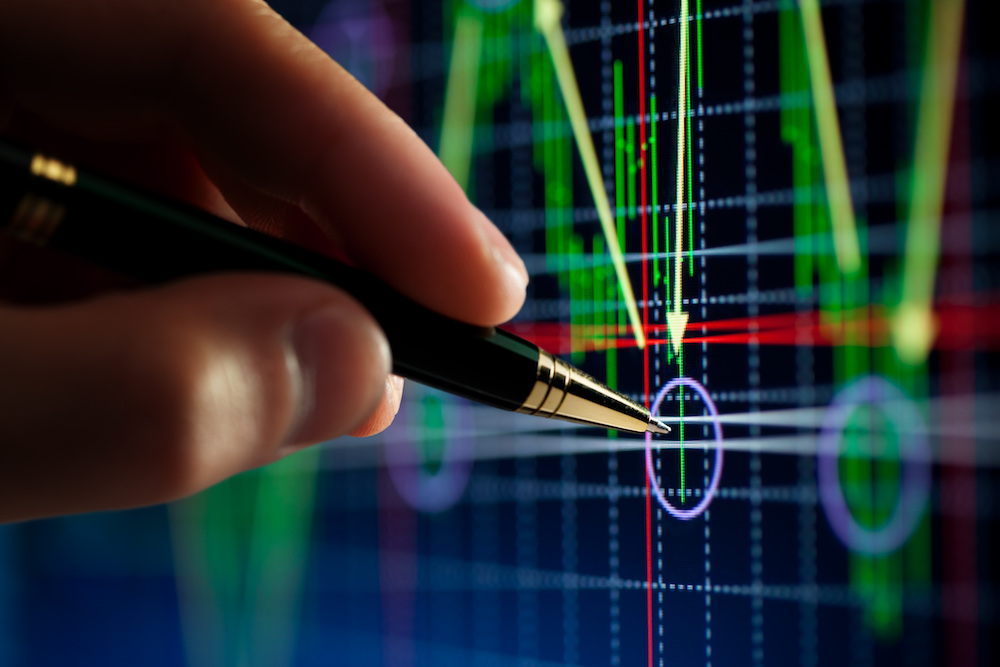 Not all CFD brokers understand fractals, but they are undeniably a crucial component of understanding forex trading. Fractals at best can be described as indicators. This is to say that they serve an important purpose in forex trading by giving traders insight into price patterns and trends. Fractals are reversal patterns featuring 5 bars.
Not all CFD brokers understand fractals, but they are undeniably a crucial component of understanding forex trading. Fractals at best can be described as indicators. This is to say that they serve an important purpose in forex trading by giving traders insight into price patterns and trends. Fractals are reversal patterns featuring 5 bars.
The word fractal has been recognized in human thought for centuries. However, the man credited for bringing fractals to mathematics and science is Benoit Mandelbrot. Mandelbrot developed the Mandelbrot set – this is essentially an image which visualizes the results of an analysis. Before Mandelbrot introduced fractals to mathematics and science, fractals were a common feature in most religions where they were used to denote the infinite and limitless nature of the divine.
Rules for identifying fractals
Fractals are an important indicator to forex traders as they help you to track the recurring patterns in price movements. In order for you to learn all the ins and outs of fractals in CFD trading, it’s imperative that you know the rules for identifying them.
There are two rules for identifying fractals – with the first one being the bearish turning point. The bearish turning point takes place on a 5-bar pattern that has the middle bar as the highest high with the lower bars on either side.
The second rule for identifying fractals is the bullish turning point. The bullish turning point is the exact opposite of the bearish turning point in that the middle bar is the lowest low with the four other bars on either side of the middle bar. Identifying fractals is crucial because it helps traders track the pattern of the prices. Armed with this knowledge, the trader knows that the price is going to fall after a bearish turning point and that the price is going to rise after a bullish turning point.
Fractals work best with charts. Several online charting platforms that offer trading indicators nowadays incorporate fractals. On a chart, it’s quite easy for a trader to check fractals and see the current patterns they are taking. Therefore, plan for future patterns and trends. Fractals work best when traders observe the charts for over four hours – this is because it gives them ample time to work out how long it takes for prices to rise after a bullish turning point in addition to how long it takes for prices to fall after a bearish turning point.
Relationship with other indicators
Fractals work best when used in conjunction with other indicators. Some of the top indicators that can be used in conjunction with fractals are the alligator and Fibonacci retracement levels. Alligator is a form of analysis which uses multiple moving averages. In alligator, prices are usually classified as being above or below the alligator’s teeth, with the alligator’s teeth being the middle moving average. Using the two together, it’s much easier for a trader to generate the buy signals by noting when the prices are bullish and above the alligator’s teeth. Alternatively, it informs the trader of when not to trade – that is when prices are bearish and below the alligator’s teeth. The two can also be used when the trader wants to place a stop loss by setting the stop loss just above the alligator’s teeth and at the bullish turning point. Fractals can also be used in conjunction with Fibonacci retracement levels in narrowing down the possibilities of deciding when to trade and the replacement level to use.
Fractals are such an important indicator in forex trading because they give the trader a heads up of when to buy and when not to buy by highlighting when prices are at their highest and when prices are at their lowest.